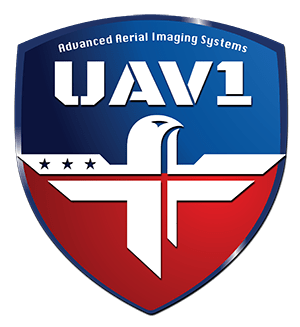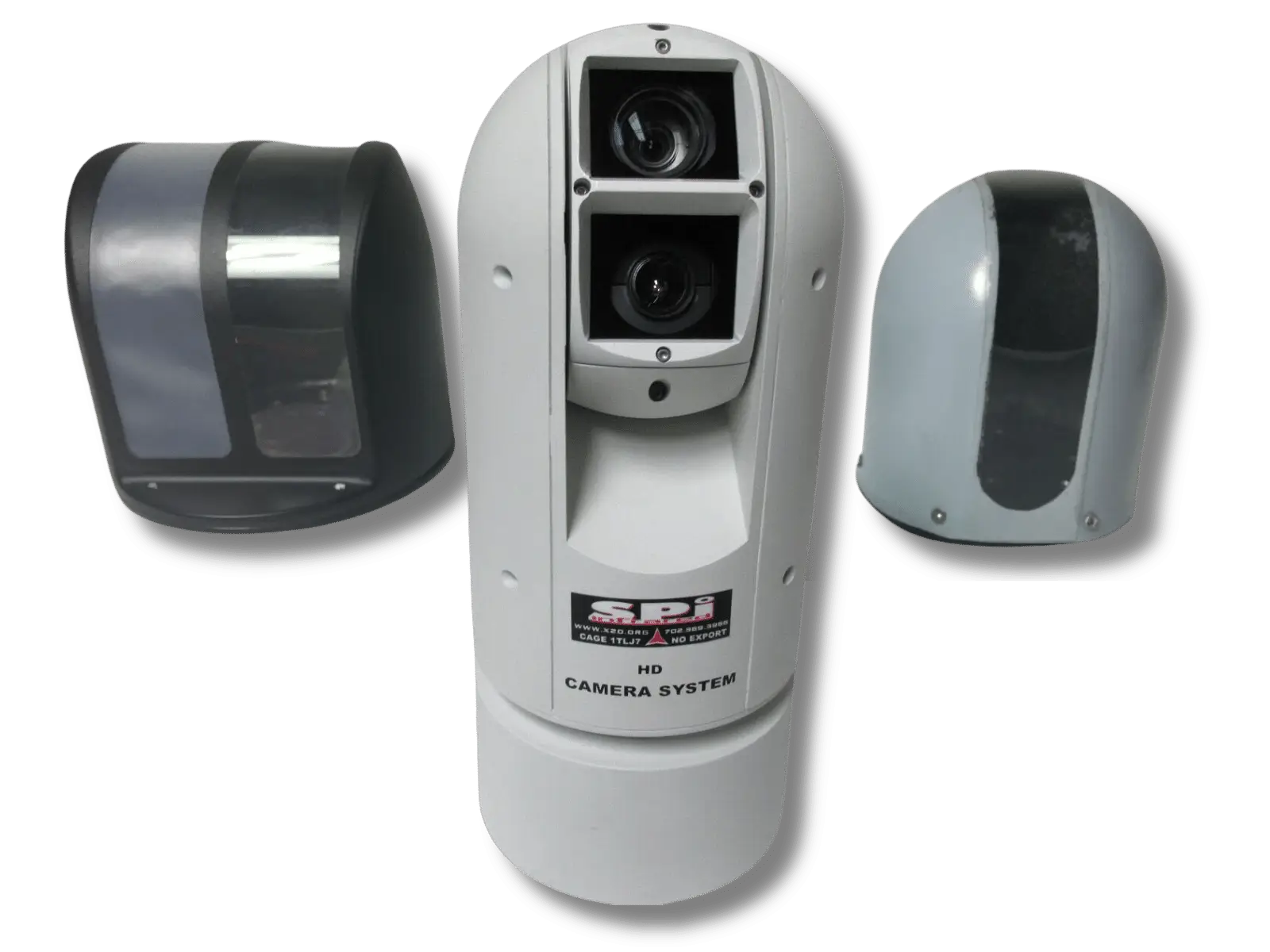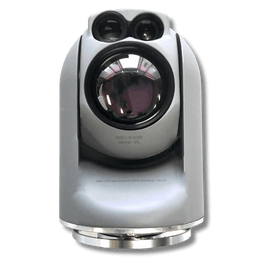We Build
Advanced Thermal
Imaging Systems.
We custom engineer thermal imaging systems to help you and your team see further.
Sierra Pacific Innovations has Provided Custom Thermal Solutions For over 20 Years
Explore how our products and custom thermal solutions have revolutionized industries for over 20 years.
Browse Our Large Selection of Gyro Stabilized Thermal Drone Cameras
The epitome of stability and precision with our extensive range of gyro-stabilized thermal drone cameras, meticulously engineered to capture the most intricate details even in the most challenging conditions.
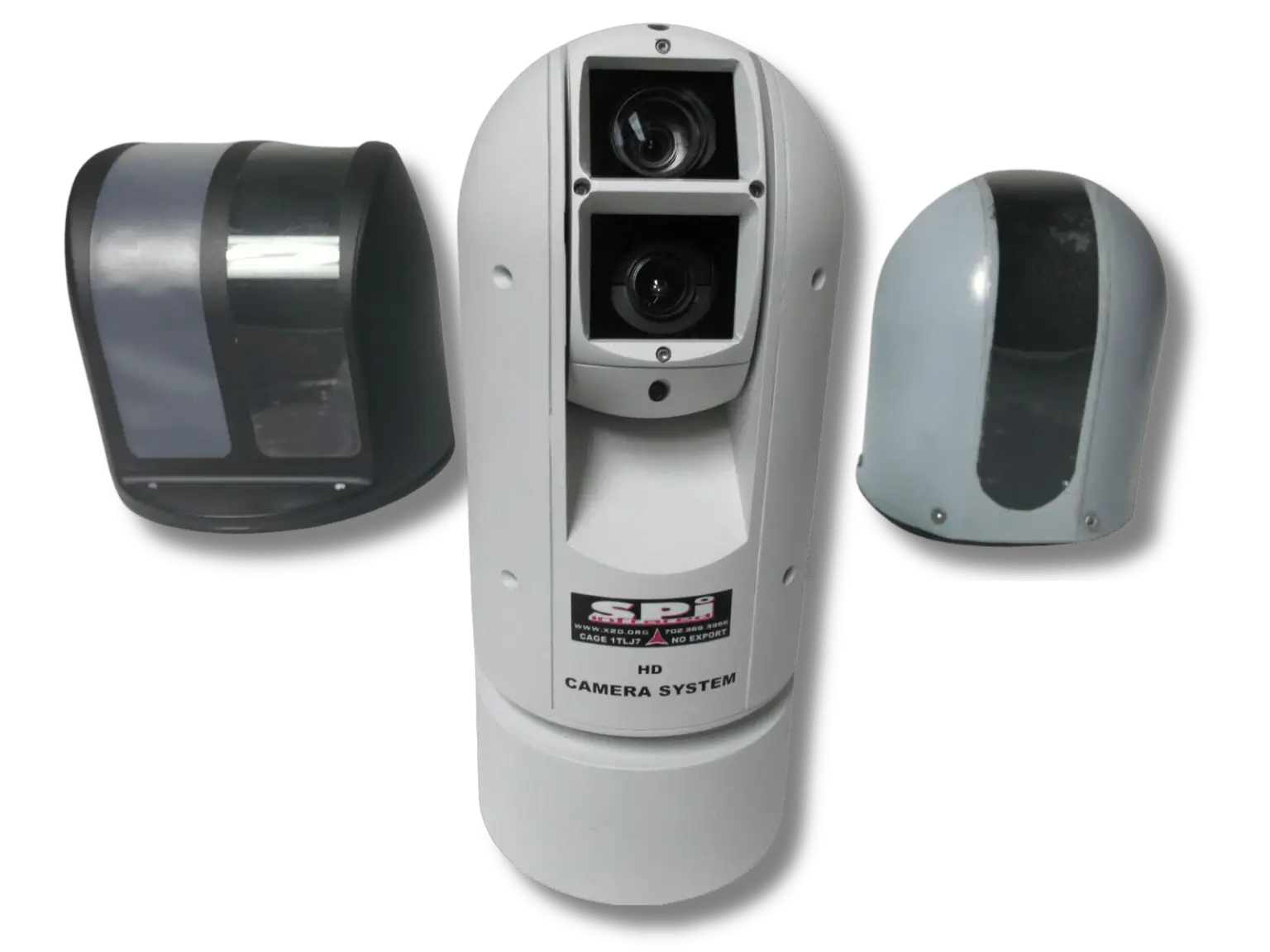
Explore Our Thermal Drone Camera Shop
Visit our Thermal Drone Camera Shop for a selection of top-tier thermal cameras, designed specifically for drone integration and advanced aerial imaging.
Our Custom Long Range Thermal Imaging Gimbals Have Unbeatable Range
Our Long Range PTZ Thermal Solutions
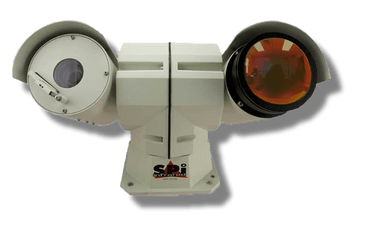
M5 Long Range Thermal FLIR Camera
Defense and Security
Multi-Spectral imaging with auto target tracking, LRF, and advanced AI

M7 Falcon Long Range FLIR PTZ
Security and Surveillance
Heavy-duty 50+ Km detection multi sensor PTZ

M9 Cooled MWIR FLIR PTZ Ultra Long Range
Military and Maritime
IP68+ ultra rugged MilSpec system up to 60 km DRI ranges

M11 Ultra Long Range FLIR Thermal Imaging
Industrial and Military
Rock steady ultra long range thermal camera
Long Range PTZ Cameras and OGI (Optical Gas Imaging)
Utilizing PTZ cameras with OGI technology not only helps in early detection of gas leaks to prevent environmental damage, but also leads to significant cost savings by reducing resource loss and ensuring regulatory compliance
We Sell, Buy, and Trade In Used Thermal Imaging Systems
Contact us to sell your used thermal imaging equipment or to inquire about our competitive discounted thermal prices. We offer a range of used FLIR, Teledyne, and other thermal imaging products tailored to your needs
Why UAV1 Thermal?
Solutions For Any Situation
Our custom engineered thermal products are suitable for any situation.
Our lightweight gimbals offer phenomenal lift and endurance dynamics along with easy integration for end users, developers, integrators, UAV designers and manufacturers.
Our long range thermal cameras offer crystal clear long range thermal solutions that are fully customized to fit your mission.
Our thermal imaging products are fully universal and are all open source which ensures simple integration into any system. We offer full support for every product we produce.
See Further in Any Environment Land, Sea, or Air
From high-resolution thermal cameras to integrated systems and custom solutions, SPI Corp is dedicated to delivering unparalleled thermal imaging performance and reliability.
Our products are some of the most rugged thermal imaging systems on the market as they consistently exceed military standards for land, sea, and air.
You will not find this quality of work for our prices anywhere in the thermal imaging market. Contact us to speak with our expert engineers.
20+ Years of Experience
SPI is a proven battle-tested, full-service imaging company with over 20 years of experience.
SPI provides the finest and most cost-effective solutions for your night vision and thermal imaging needs.
With SPI, you are purchasing more than a product, you are purchasing the wealth of knowledge, experience, and reliability that accompanies all of the SPI product lines.
Connect with the experts at SPI Corp today and discover how we can fulfill all your thermal imaging needs, whether you’re a military organization or a private party. Speak with experts below.
Contact UAV1 For Advanced Imaging Solutions
Give Us A Call
If we’re unavailable at the time you call, please leave us a message, and we will get back to you within 24 hours.
+1(702) 369-3966
Send Us An Email
Search
Some SPI CORP products in part or whole are strictly regulated by the US Department of State in accordance with the guidelines in the International Traffic in Arms (ITAR) per title 22, Code of Federal Regulations (CFR), Parts 120-130 and/or the United States Bureau of Industry and Security US Department of Commerce. All sales and shipping are subject to license approval by the respective governing agency. End-User certificates must be supplied. Users must comply with all local, state and federal laws. The descriptions of our products and systems are published for informative purposes only and does not constitute and offer to sell.
We currently ship everywhere in the U.S., including Alaska and Hawaii. For international orders please contact us. International orders may require export license depending on products.
UAV1.com
Copyright UAV1.com 2024
